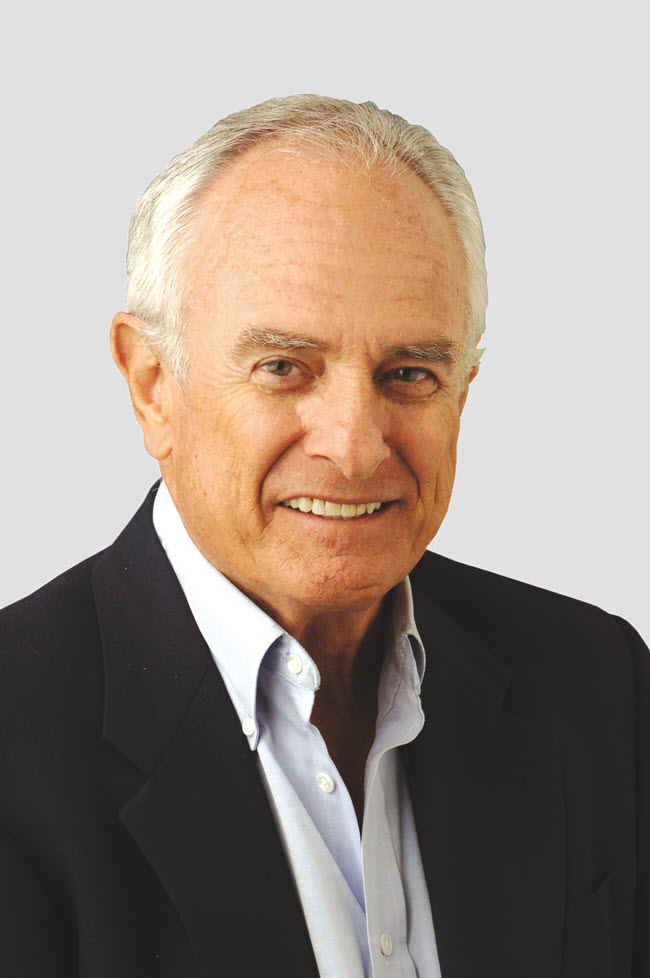
With the Open championship (you see I am yielding to the Brits who prefer—sometimes insist—that their national golfing championship, not include the prefix British) taking place this weekend at Royal Liverpool Golf Club on England’s West Coast, I thought about Royal Lytham and St. Anne’s which is about an hour away.
That side of the country is where the late Seve Ballesteros made a name for himself. The golf world had learned about Seve in 1976 when he finished runner-up behind Johnny Miller at Royal Birkdale 30 miles north of Hoylake. European writers knew about Seve and came to love him because they embraced him as their own when the Ryder Cup team became an all-Europe team.
What gave Seve preeminent status was his first major victory, which came at Royal Lytham in 1979. His play was reminiscent of Arnold Palmer who had a penchant for getting in trouble and then electrifying passionate fans with brilliant recoveries and stunning comebacks.
It was at Lytham in 1979—where Seve won the first of his five major titles, three British and two Masters—that he displayed his shot making creativity. The 22-year-old Spaniard was leading by two strokes at Lytham when he hit his tee shot into a car park at the 14th hole. A car was moved so he could get his free drop. Then he rifled his second shot to within fifteen feet of the cup, making birdie.
During this exciting final round in cold, windy conditions, he was all over the place. He wound up in 15 greenside bunkers the week of the championship and got up and down in all but one of them. He missed the last five fairways on his final nine holes. That became pretty much standard for Seve.
I remember him regaling the British fans when he said at the closing ceremony, “I play good from the rough. I have plenty of practice.” Seve was always clever when speaking of his game, and he could always bring levity and colorful commentary to any occasion. At the Masters in 1990 after three putting, he was asked how he, a great putter, could do such a thing, Seve said: “I miss, I miss, I miss, I make.”
A passionate competitor, Seve had a fiery temper. You could hear him shouting at his caddy, his brother, Baldomero, when they were on the backside of the golf course.
When times were good, he flashed a million-dollar smile and delighted the media and fans with his penchant for self-deprecating humor. He was all business on the golf course, however.
I remember that tournament because of the low temperatures which had everybody—fans and competitors alike—adding on an extra layer of clothing, the coldest British championship ever.
For the tournament, I stayed in an old hotel in Blackpool. The bathroom was down the hall but there was a lavatory in my room. To get to the lavatory I had to crawl across the bed.
At Birkdale, I was able to book a bed and breakfast stay with a nice family. At Hoylake I was able to arrange B&B accommodations at a college which would become an option at future Open championships.
With COVID bringing about a retirement from crossing the Atlantic in summer to see his oldest of golf championships, I don’t expect to renew, but will always have memories of never missing this august British championship.
There was more than the competition. With almost 20 hours of daylight—in Scotland, you can get in 18 holes following an early dinner—you still have time to write a few post cards.
It is the environment that enraptures one at this tournament. Fields of waving grain, sheep grazing in the pastures, pubs populated by golfing aficionados, some playing darts and always a solitary dog napping in a corner, waiting for his master to settle the bill and walk him home.
The towns where the championship is played are all small, for the most part. Two lane roads and bicycle paths abound, but somehow or other it works. You might have to wait 45 minutes or more for your entrée, at dinner but not to worry. You can always get a pint of lager or four or more while you wait.
